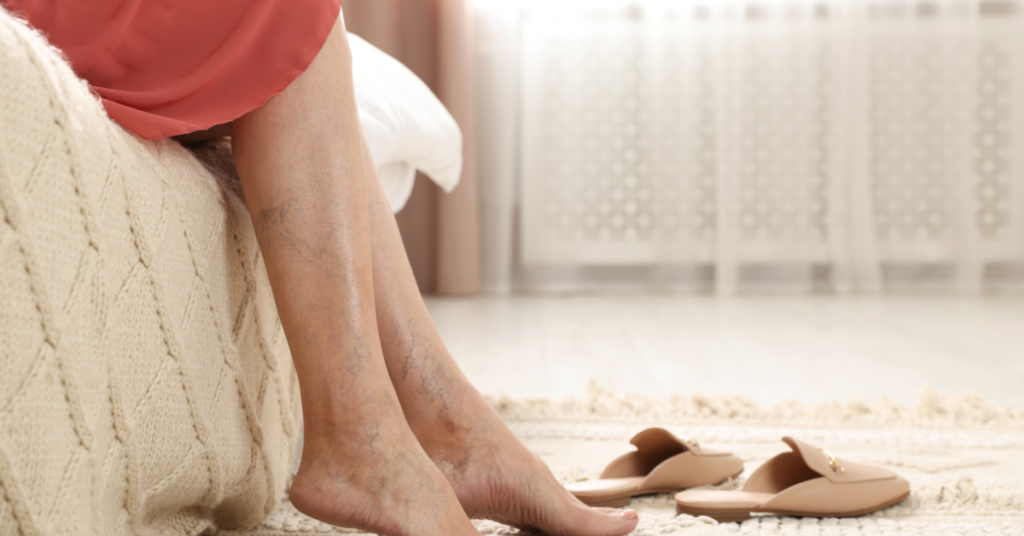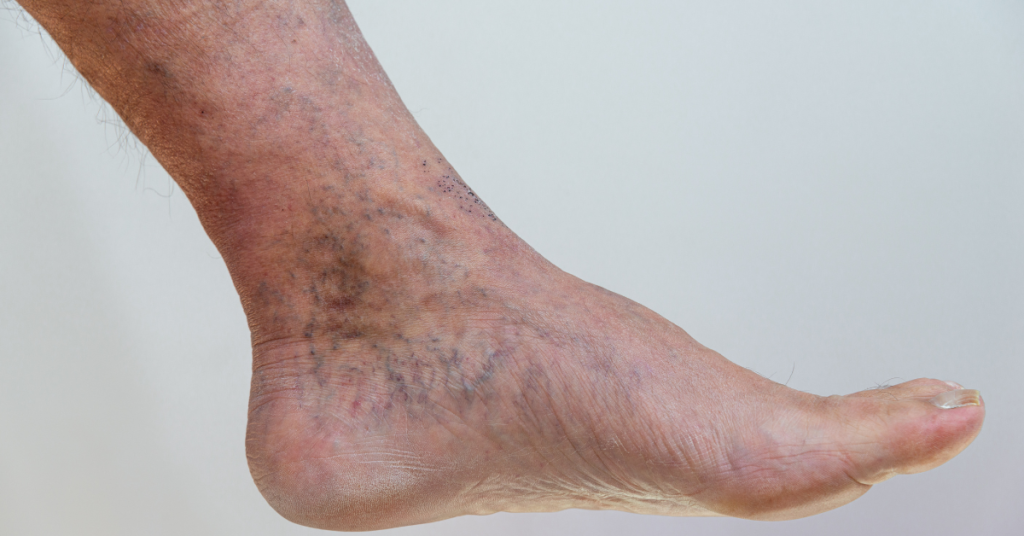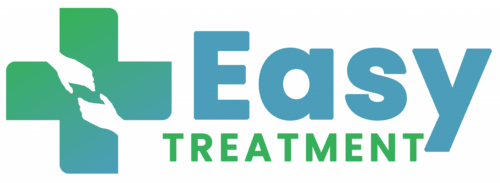Varicose veins are not just an aesthetic issue—they are a clear indication of underlying circulatory problems that can impact your overall health and daily comfort. These twisted, swollen veins, most commonly appearing in the legs, develop when the valves inside the veins weaken or become damaged, causing blood to pool instead of flowing efficiently back to the heart. Over time, this leads to increased pressure within the veins, resulting in visible bulging, discomfort, and in some cases, serious complications such as ulcers or blood clots.
Although varicose veins are often dismissed as a minor inconvenience, recognizing their early warning signs is crucial for preventing further progression and avoiding potential health risks. Symptoms can range from mild discomfort, such as leg fatigue and swelling, to more severe issues, including throbbing pain and skin changes. If left untreated, varicose veins may lead to conditions like chronic venous insufficiency, which can significantly affect mobility and quality of life.
In this comprehensive guide, we will explore the first signs of varicose veins, their root causes, how they progress, and the most effective treatment options available today. By identifying these symptoms early and taking proactive steps, you can reduce the risk of complications and maintain strong, healthy veins for years to come. Whether you’re looking for simple lifestyle adjustments or advanced medical treatments, timely intervention is key to ensuring optimal vein health.

What Are Varicose Veins?
Before delving into the signs and symptoms, it’s essential to understand what varicose veins are and why they occur. Normally, veins carry blood from the body back to the heart, aided by tiny valves that prevent backflow. When these valves become weak or damaged, blood can pool in the veins, causing them to enlarge and become varicose.
These veins are most commonly found in the legs because standing and walking increase pressure in the lower body’s veins. While some cases are purely cosmetic, others may lead to significant discomfort, reduced mobility, and potential complications such as ulcers or blood clots.
Early Signs of Varicose Veins
Recognizing the first signs of varicose veins can help you take preventive measures or seek medical intervention early. Look out for the following early signs of varicose veins:
- Persistent Leg Fatigue and Heaviness
If your legs feel tired or heavy, especially after prolonged standing or walking, it may indicate the initial stages of varicose veins. This discomfort often worsens in the evening or after a long day.
- Swelling in the Lower Legs and Ankles
Swelling is a common symptom, resulting from poor blood circulation. Although mild at first, it can progress and become more noticeable over time.
- Itching or Burning Sensation Around Veins
An itchy or burning sensation, particularly around visible veins, may be among the varicose veins first signs. This symptom often stems from inflammation caused by blood pooling.
- Minor Leg Cramping
Frequent cramping or muscle spasms in the legs, especially at night, can indicate early varicose vein formation.
- Visible Veins Under the Skin
The appearance of small, bluish or purplish veins that seem closer to the skin’s surface can be an early visual indicator of varicose veins.
Progression to Advanced Symptoms
If left untreated, the early signs of varicose veins may evolve into more pronounced symptoms, such as:
- Throbbing Pain and Discomfort
As the veins become more swollen, the pain may become localized, sharp, or throbbing, especially after physical activity.
- Bulging Veins
Advanced cases result in veins that are visibly bulging, twisted, and rope-like. They are most prominent in the legs and can often be felt under the skin.
- Skin Changes
Prolonged swelling and inflammation can lead to skin discoloration. In severe cases, the skin may appear red, brown, or even hardened.
- Ulcers or Open Wounds
In extreme cases, ulcers or open sores may develop near the ankles due to prolonged pressure and poor circulation.
- Blood Clots or Deep Vein Thrombosis (DVT)
Varicose veins increase the risk of clot formation, which can cause significant pain, swelling, and redness. DVT is a serious condition that requires immediate medical attention.

Causes and Risk Factors of Varicose Veins
Understanding what contributes to varicose veins can help you take preventive action. Here are some common causes and risk factors:
- Genetic Predisposition
A family history of varicose veins significantly increases your risk.
- Hormonal Changes
Hormonal fluctuations during pregnancy, menopause, or menstruation make women more prone to developing varicose veins.
- Aging
With age, vein elasticity decreases, and valves may weaken, leading to poor blood flow.
- Obesity
Carrying extra weight puts added pressure on your veins, contributing to their dysfunction.
- Sedentary Lifestyle
Lack of movement, whether sitting or standing for long periods, can impair circulation, increasing your risk.
- Injury or Trauma
Past injuries to the legs can weaken veins, making them susceptible to becoming varicose.
Diagnosis: When to Consult a Doctor
If you notice any early signs of varicose veins, don’t delay seeking professional advice. Early diagnosis can prevent progression and associated complications. During a consultation, your doctor may:
- Perform a physical examination to assess visible symptoms and discuss your medical history.
- Recommend an ultrasound scan to evaluate blood flow and detect blockages or valve dysfunction.
At Easy Treatment, we specialize in offering personalized care for varicose veins, using the latest diagnostic tools to provide accurate assessments.
Managing Varicose Veins at Home
While professional treatment is often necessary, you can take several steps at home to manage varicose veins signs and symptoms:
- Exercise Regularly
Activities like walking, swimming, or yoga promote blood circulation and strengthen leg muscles.
- Wear Compression Stockings
These stockings provide gentle pressure, improving blood flow and reducing swelling.
- Elevate Your Legs
Elevating your legs for 15-30 minutes multiple times a day can alleviate pressure and swelling.
- Avoid Long Periods of Standing or Sitting
Take breaks to stretch and move around, especially if your job requires prolonged sitting or standing.
- Maintain a Healthy Weight
Weight management reduces the strain on your veins and improves overall circulation.
Treatment Options for Varicose Veins
For persistent or severe cases, medical intervention may be necessary. Treatment options include:
- Sclerotherapy
A minimally invasive procedure where a solution is injected into the vein, causing it to collapse and fade.
- Laser Therapy
Non-invasive laser treatments help seal off smaller varicose veins and spider veins.
- Endovenous Ablation Therapy
This involves using heat to close off damaged veins.
- Surgical Options
For advanced cases, vein stripping or ligation may be required to remove or tie off the problematic vein.
At Easy Treatment, we offer advanced solutions tailored to each patient’s needs. Our team is dedicated to providing the best outcomes with minimal discomfort. Visit our Ask Questions page for more information or to book a consultation.
Prevention Tips
Taking preventive steps can minimize your risk of developing varicose veins or worsening existing ones:
- Stay Active: Incorporate physical activity into your daily routine.
- Wear Loose Clothing: Avoid tight garments that restrict blood flow.
- Monitor Posture: Avoid crossing your legs, which can impede circulation.
- Hydrate: Staying hydrated helps maintain blood flow and vein health.
Why Choose Easy Treatment?
If you’re struggling with varicose veins signs and symptoms, Easy Treatment is here to help. Our comprehensive care includes cutting-edge diagnostic techniques, advanced treatments, and compassionate support throughout your journey. With a focus on patient satisfaction, we strive to make every step of your treatment process smooth and effective.
Early recognition of varicose veins signs and symptoms is key to managing this condition effectively. Whether you’ve noticed first signs of varicose veins or are dealing with more advanced symptoms, addressing the issue promptly can prevent complications and improve your quality of life.
Recognizing and addressing varicose veins early is essential for maintaining your overall health and well-being. By identifying the signs and symptoms in their initial stages and taking timely action, you can significantly reduce the risk of complications. Whether you choose to manage symptoms at home or seek advanced medical treatments, taking proactive steps can make a significant difference in your quality of life.
At Easy Treatment, we are committed to guiding you through every step of your varicose veins management journey with personalized care and cutting-edge solutions. If you have any questions or need expert advice, don’t hesitate to visit our Ask Questions page. Let us help you achieve healthier, pain-free legs today!

